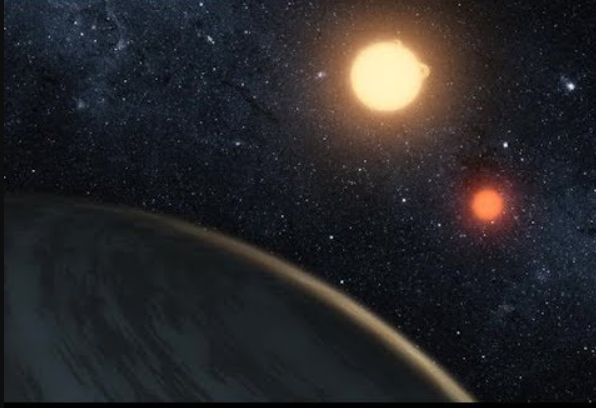Scientists have made a surprising estimate that there are around 6 billion planets similar to Earth in the Milky Way galaxy.
Perhaps, in the subconscious of your mind lays the simple idea that it is ‘one Earth is sufficient’. If you are wondering how it would look like, think of a galaxy with Earth billions. The astronomers working as a research assistant to the university of British Columbia (UBC) discovered that there could be 6 billion earth-like planets in our Milky Way galaxy.
After such meticulous data processing of Kepler mission, which was done using the spacecraft-based of 200,000 stars, this amazing conclusion was reached. The scientists established specific criteria for identifying such planets: they had to be stone-like; they should consistently be close to the size as Earths; and they had to have a sun that is similar to ours. Besides that, the body of water and planets itself should be inside their corresponding zones of habitable conditions which are known to support water and life.
As for the upper limit of 0. 0, to this, Michelle Kunimoto, a co-author who has also discovered 17 new planets in the past and now a researcher at UBC, said that this is according to their calculations. We could potentially find as many as 18 Earth-like planets around every G-type star. Also, it is possible that there exist four planets for each star or Five planets for every stellar kind.
Alongside, a Professor of astronomy at UBC, Jaimee Matthews, proposed another point of view by mentioning that there were about 400 billion stars in our Milky Way and around seven percent of them were G-type stars. This purports that the real probability of less than six billion planets in our Milky Way which have conditions similar to that which our Earth is present is almost plausible.
With a technique called “forward modeling,” Kunimoto, however, overcame the challenge of identifying Earth-like planets that are small and are distant from your planet due to their distant orbits during the said study.
The first thing that the UBC’s press released stated was that their work started from modeling the complete census of planets around the stars whose surveys had been done by Kepler. It facilitated their algorithm which grouped each planet “detected” or “missed” based on the likelihood of its discovery. They did a comparison of the planets identified from spectrograms with those in their catalog. If the simulation produced the same results then the starting population would have achieved to replicate the actual population of the planets behind those stars around mirrors.
Despite the fact that the scientists correctly reached a sharp conclusion on the number of rocky planets that resemble the Earth, it is improbable that the determined figure will actually describe what the reality is like in terms of whether life exists and if it is similar to the one on Earth. Yet based on this revision, the risk of discovering a twin planet has increases.
More in depth information about this can be found on the research published in The Astronomical Journal.
Do not forget to share your opinion with us to provide you with the best posts !




0 Comments